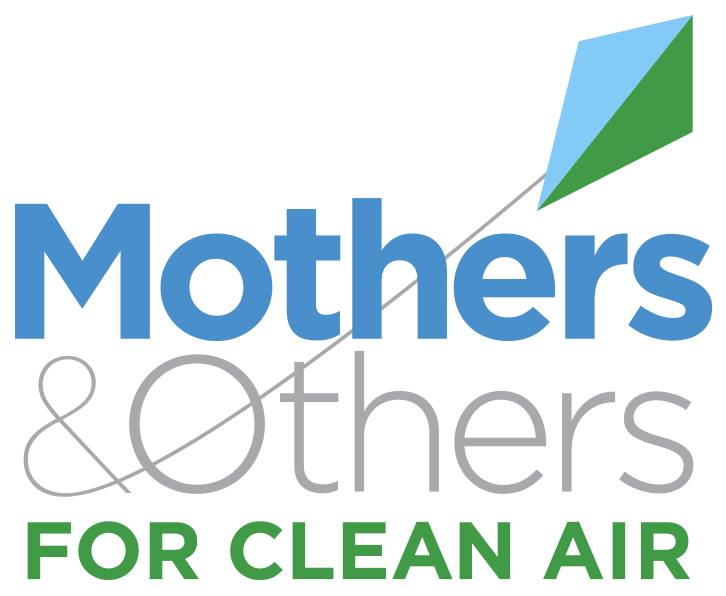Electricity generation is a large contributor to fine particulate matter (PM2.5) air pollution. However, the demographic distribution of the resulting exposure is largely unknown. We estimate exposures to and health impacts of PM2.5 from electricity generation in the US, for each of the seven Regional Transmission Organizations (RTOs), for each US state, by income and by race. We find that average exposures are the highest for blacks, followed by non-Latino whites. Exposures for remaining groups (e.g., Asians, Native Americans, Latinos) are somewhat lower. Disparities by race/ethnicity are observed for each income category, indicating that the racial/ethnic differences hold even after accounting for differences in income. Levels of disparity differ by state and RTO. Exposures are higher for lower-income than for higher-income, but disparities are larger by race than by income. Geographically, we observe large differences between where electricity is generated and where people experience the resulting PM2.5 health consequences; some states are net exporters of health impacts, other are net importers. For 36 US states, most of the health impacts are attributable to emissions in other states. Most of the total impacts are attributable to coal rather than other fuels.
Published Nov 20, 2020
Maninder P. S. Thind, Christopher W. Tessum, Inês L. Azevedo, and Julian D. Marshall Environmental Science & Technology 2019 53 (23), 14010-14019 DOI: 10.1021/acs.est.9b02527
